West Africa Drylands Project
Ecosystems Approach to Restoring West Africa Drylands
Best-bet agroforestry practices will be extended to generate income through introduction of high-value trees generating high-nutrition foods, medicinal and other high-value products. Equally, high-value agroforestry systems will be introduced in villages.
Village Agroforestry
At the
local level, the project will develop and help implement participatory
action plans to intensify agroforestry practices in and around villages,
as a strategy for improved rural livelihoods and increased environmental
benefits.
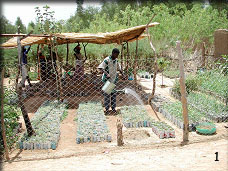
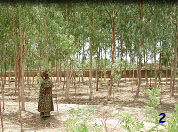
Photo (1): Agroforestry nursery (2): Woodlots

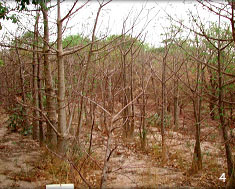
Photo (3): Fodder banks (4): Tree-vegetable gardens - Dwarf baobab
Examples are woodlots, fodder banks, live fences, tree-vegetable gardens
- dwarf baobab and fruit orchards.
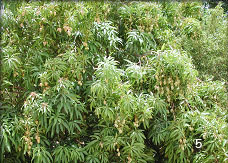

Photo (5): Tree-vegetable gardens - Fruit orchards Photo (6): Enriching
parklands close to villages
Enriching the parklands
For example, we will introduce grafting techniques for high-value indigenous trees, such as Shea butter (Karite) and Baobab, to reduce time to fruiting from several decades to just a few years

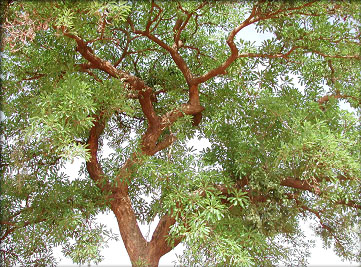
Photo: Grafting Techniques on high-value indigenous trees
These techniques will provide incentives for re-introduction and protection of Parkland species close to villages, where water and protection are available, and thereby help to conserve biodiversity and increase incomes and food security, and at the same time relieve pressure on more marginal areas.
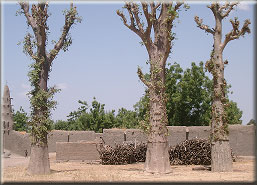
Mali-Segou trimmed Baobabs
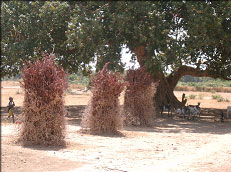
Mali-Segou goats, protected tree saplings
Copyright © 2008, West Africa Drylands Project. All rights reserved